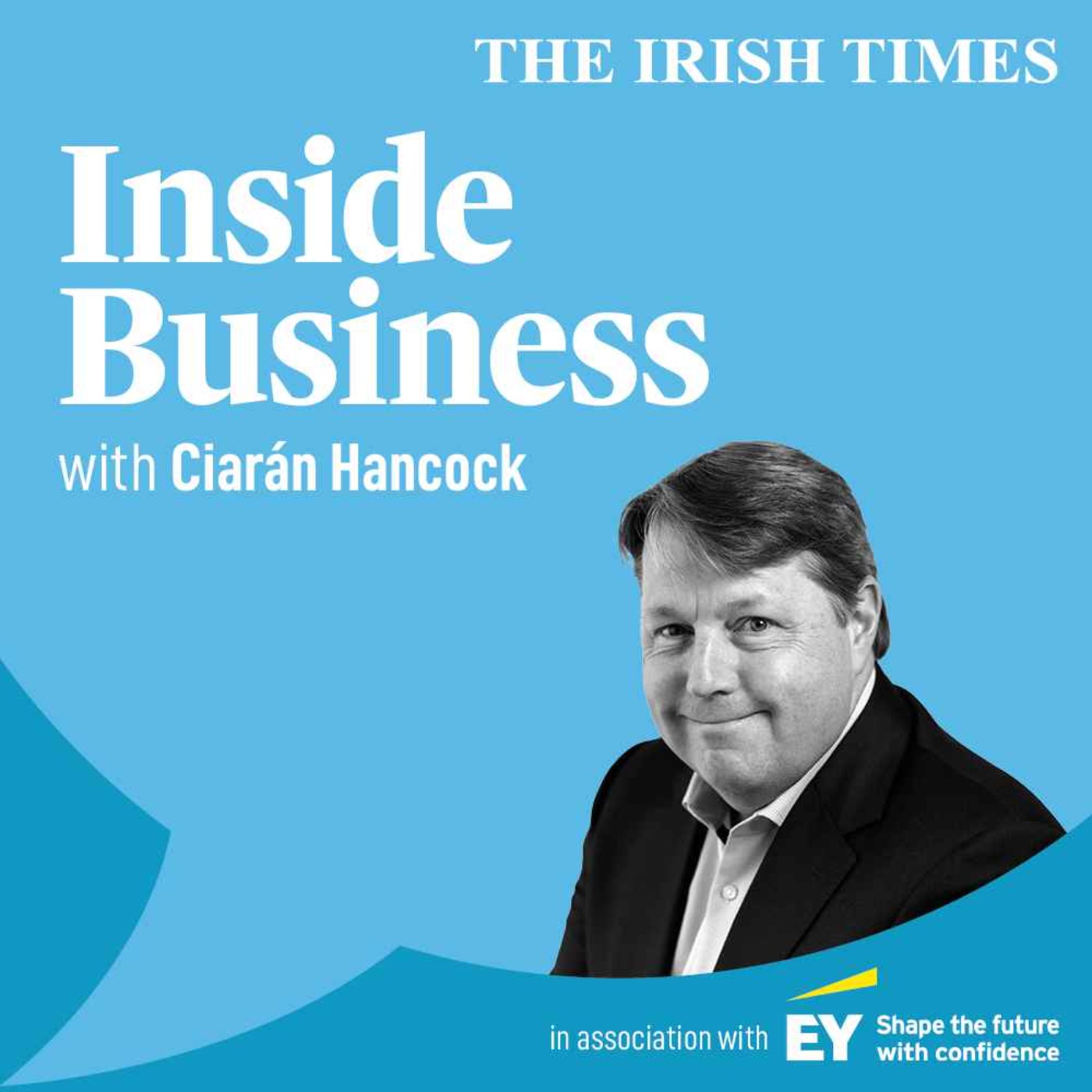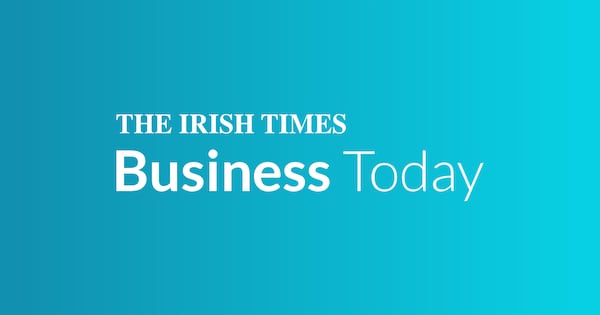If you’re of a certain vintage, you tend to see the Republic, time-wise, in two halves.
Before 1990, the country was an economic basket case, marked out in European terms as an unemployment black spot.
Emigration, unemployment’s sister industry, wasn’t so much a decision as an expectation.
For most of the 20th century, the dividend that accrued from independence could not have been framed in economic terms without Freudian levels of denial.
READ MORE
When we joined the then European Economic Community in the early 1970s, the Republic was one of the poorest countries in the bloc, with a national income that was less than two-thirds the average.
Even the political benefits of independence began to hollow out when revelations of systemic abuse in the State’s Catholic-run childcare system began to emerge.
Then came the post-1990 segment, triggered, we like to think, by Ray Houghton, Mary Robinson and Riverdance, but presumably incubating for longer and on the back of more fundamental sociopolitical factors (the peace process being one).
[ The Irish Times view on infrastructure delivery: radical solutions are neededOpens in new window ]
Foreign direct investment, premised on membership of the EU’s single market and a low tax rate, began to transform the economy.
The role a more educated, high-skilled workforce played in all this can’t be underestimated either.
While the first chapter of this new, more energised era came to a shuddering halt in 2008, the export-oriented, skills-led dynamic didn’t stop.
Since the low point of the financial crash, the Irish economy has created almost one million additional jobs, a level of jobs growth that is unmatched anywhere in Europe (bar Malta, but that has a relatively small workforce).
Employment in the Republic now stands at a record 2.8 million, equivalent to the entire population of the State in 1961.
Our headline growth and budgetary metrics mark us out in European terms, but in a positive way.
The Republic’s gross national income (GNI) per capita is now significantly higher than the UK’s (€67,000 versus €42,000 in 2024).
Even with the GDP (gross domestic product) distortions, we have become a rich country in a relatively short time.
But this pre-1990, post-1990 binary has a counternarrrative.

Why is Ireland not considered a truly rich country?
Somewhere along the way and most likely on the back of a global shift towards more market-oriented policies, the State stopped building out its economy and adopted, like the UK, a more laissez-faire approach to state services and infrastructure.
In key areas like energy, water and housing, it effectively downed tools. We’re now reaping the consequences of this ideological shift.
And because we never had a golden age of State-led building like our peers in Europe, we’re way behind the curve. According to the International Monetary Fund, our stock of infrastructure is 32 per cent behind its international peers.
You can moan about data centres and their energy-sapping requirements, but that’s a smokescreen for a grid that’s woefully oversubscribed and out of kilter with an island population of more than seven million.
All the high-voltage, large-scale transmission 400kV lines (think of them as the motorways of the grid) were built in the mid-1980s. Even the lesser 220kV lines predate the 1990s and 1980s.
Similarly, our fragmented and antiquated water system – the boil notices and no-swim restrictions that go with it – is a direct consequence of underfunding over several decades.
This dynamic was helped by the most pyrrhic of all populist victories – the anti-water charges movement, which succeeded in keeping water within the remit of central government and grossly underfunded while making no allowance for personal usage.
The Eastern and Midlands Water Supply project – which will pump water from the Shannon to the capital – has languished in the planning system for the guts of 20 years.
[ Spending on infrastructure makes sense, cutting VAT on hospitality is madnessOpens in new window ]
And then, of course, we have the thorn in the side of this State that is housing.
While there are international drivers – the financialisation of real estate and low interest rates (which have driven up prices) – successive Irish governments, despite being substantially richer and more resourced than their predecessors, have abdicated their responsibility to provide state housing, placing the entire burden of supply on the private sector.
The shift to providing rent supports instead of social homes directly – the so-called bricks to benefits switch – has put social tenants in direct competition with private-market tenants.
High rents are now probably the primary driver of emigration, like unemployment was in the 1980s.
These problems – and the planning roadblocks that amplify them – have been flagged for more than a decade and yet we’re still commissioning reports and seeking recommendations.
Amazon’s decision not to go ahead with a €300 million investment in Dublin, which would have employed more than 500 people, over energy supply concerns, is the latest in a string of reversals linked to these deficits.
Like other countries, the State has been engulfed by the Trump circus.
However, it is the home-grown problem of infrastructure, or lack thereof, that poses the chief threat to prosperity here, not tariffs.














